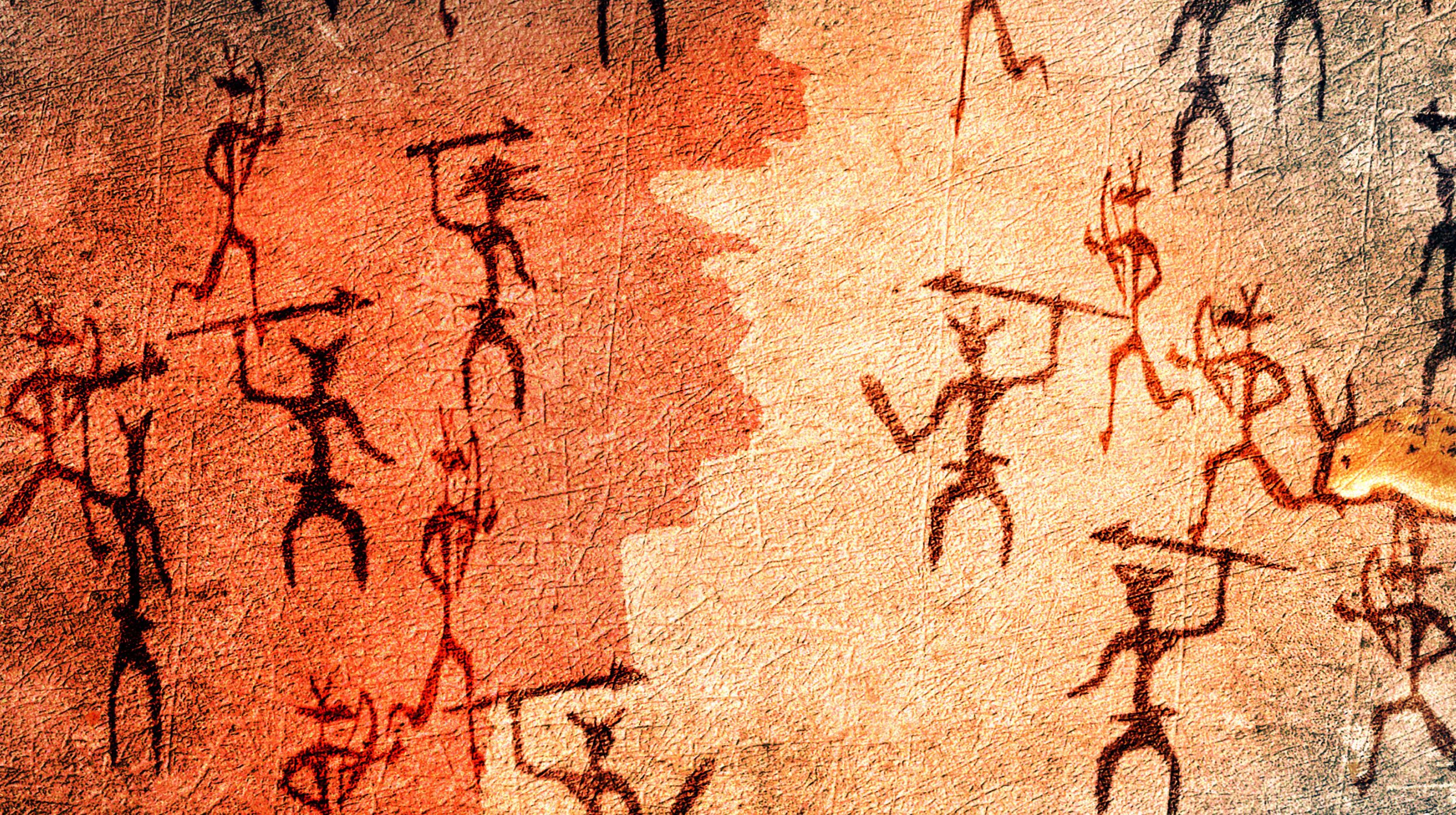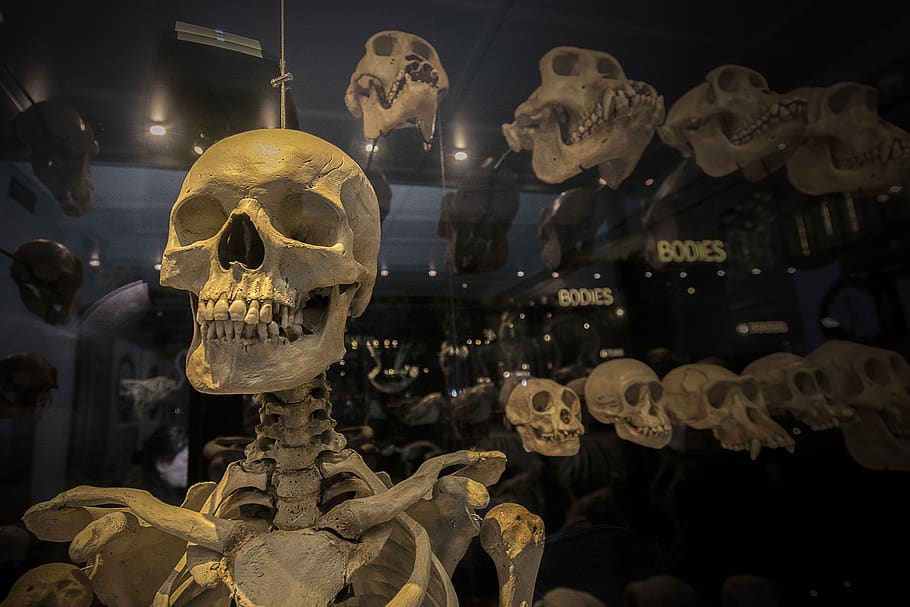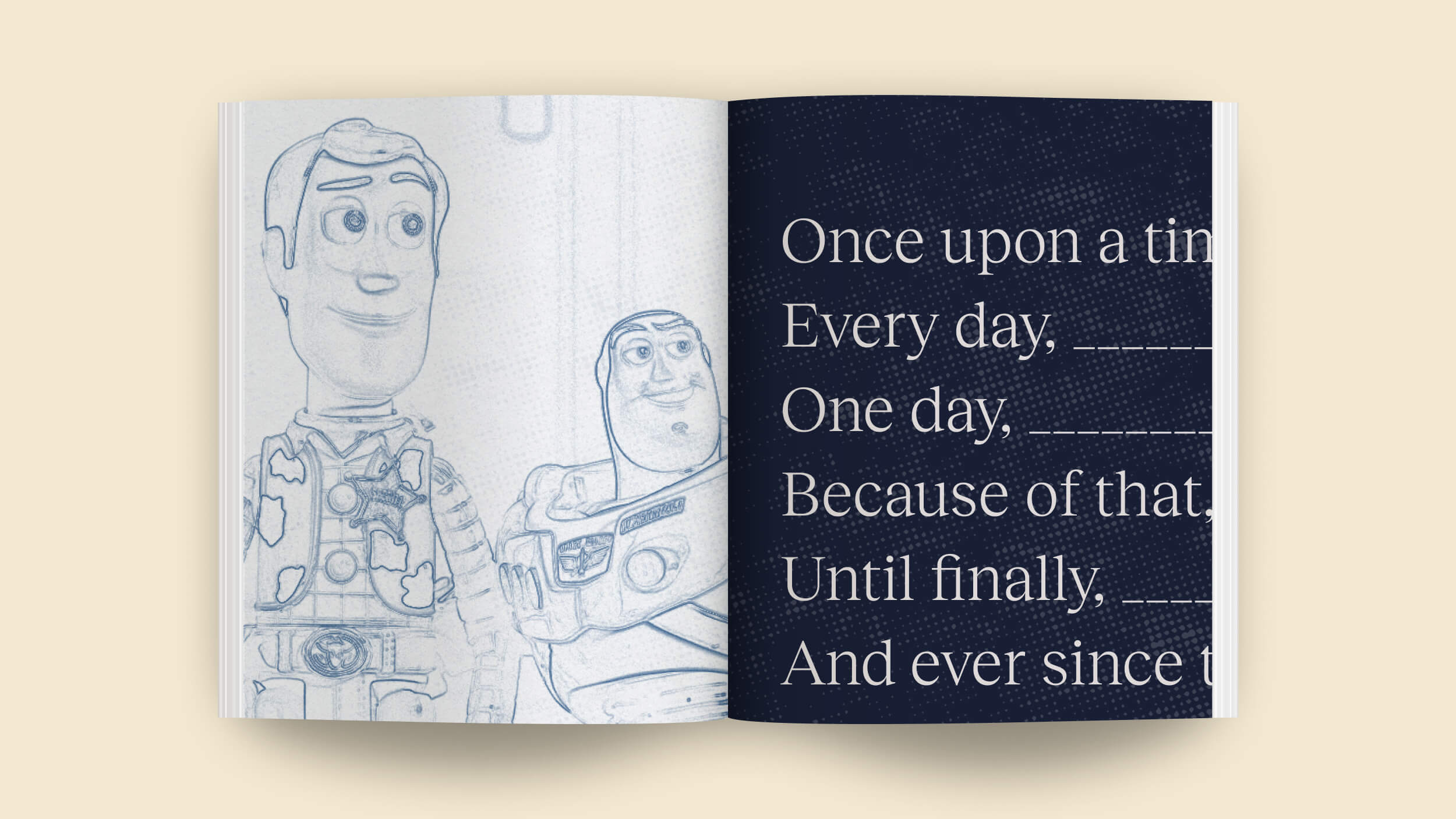The “peer instinct”: The ancient tribal instinct behind human culture

- Recent archaeological discoveries suggest that human organization on a scale larger than “small bands” predates agriculture by tens of thousands of years.
- The “peer instinct,” an adaptation for copying the learned responses of others, enabled early humans to engage in coordinated activities and develop rich cultures.
- This instinct allows us to internalize the “peer codes” for each cultural community we belong to.
Three major tribal instincts evolved at different stages of the Stone Age. They helped our forebears learn the ways of their group and act upon them. In more academic terms, they encode group patterns and then enact these patterns. You can think of these systems as as both a radar that continually maps the social environment and an autopilot that helps you navigate safely through it.
Tribal instincts changed the human experience of group living in several ways. First, they accelerated the acquisition of learned skills. With tribal instincts, I don’t have to rely on effortful trial and error experience, as I can pick up many skills through observation. If I see a peer knocking fruit from a high branch with a stick, my brain encodes this action and when I am next in the situation I feel impelled to try it. If other group members witness me, they can pick up the skill in the same way, and so on and so on, until everyone in the group knows it. As a practice becomes common to a group this way, it takes on meanings and functions beyond its original instrumental value. It’s what “we” do. It contributes to similarity within the in-group and distinctiveness from out-groups, heightening feelings of connection and loyalty. It also powerfully enables collaboration. When I learn a skill through observing group mates, the code is tagged in my head as shared by the group. Because I know that they know it, I can anticipate their moves, understand their intentions, and make complementary contributions. The power of such known knowns has been discovered independently in many different fields — linguists call it “common ground,” game theorists “common knowledge,” cognitive scientists “second-order knowledge,” psychologists “metacognition.”
This transformative tribal wiring — honed by a million years of evolution — put our Stone Age forebears on the path to living in highly cultural and highly collaborative groups. You may have heard the well-worn twentieth-century canard that our forebears knew only small bands of close relatives who foraged together primitively (like a chimpanzee troop) until the “agricultural revolution” of about ten thousand years ago enabled permanent settlements, surplus production, and the time for impractical symbolic activities (such as building the Stonehenge temples).
The new science of the past decade has upended this narrative, not just its chronology but even its phylogeny. Archaeologists have uncovered “princely burials” and temple buildings that occurred tens of thousands of years before any agriculture. Temples paved the way for farms and settlements, not the other way around. Traces of large-scale hunts from hundreds of thousands of years ago bespeak the start of clan-level organizations. And fully a million years ago, our forebears already foraged with coordination far beyond that of other primates. These discoveries cast the human journey in a new and ennobling light. From almost the very start of humanity, we have been tribal animals.
The social breakthroughs of Homo erectus owe to the first of these psychological systems, the peer instinct. This is an adaptation for copying the learned responses of others, particularly habits shared by multiple others. Once this brain system was in place, early humans began encoding how the others in their band hunt game, gather plants, evade predators, seek mates, and so forth. They also felt impelled to follow these codes, particularly when in the presence of peers who could coordinate in these activities. In survival-relevant tasks like foraging and self-defense, working in concert raises returns and reduces risks. The peer instinct helped early humans reap the rewards of coordinated activity.
This accumulation of peer codes also made the human experience fundamentally more social. We are less alone than other primates because we carry around our peers in our heads. We are continually reminded by our peer codes of how our group mates typically respond to particular situations. We are kept company — and sometimes feel suffocated — by the steady stream of suggestions from our unconscious about what’s normal to think, normal to do, or normal to say in a situation. Other primates can collaborate in the minimal sense of foraging side by side, sometimes mutually benefiting each other, such as by spooking prey. But it’s only as social as the parallel play of young toddlers. They are not cognitively intertwined and working together from a common plan.
We are less alone than other primates because we carry around our peers in our heads.
Peer codes pop up automatically in relevant situations, thanks to the brain’s associational engine. We don’t always follow them, but we feel more motivated to do so when our peers are present. If you grew up in the US, you’ve probably encoded the response of smiling for a camera. If so, you don’t have to try to smile; it happens on autopilot, especially if it’s a group photo. Conforming to the cultural code helps you mesh with others, and you will be acceptable and understandable to them. In Russia, there is a different cultural code: It’s normal to wear a serious expression for a portrait (which is why Putin and his henchmen often appear so dour).
The peer instinct makes us far more sensitive to those around us than other primates are. When preschoolers who have learned to solve a puzzle one way see peers who solve it another way, they tend to switch to the method of their peers. Chimps and orangutans put through the same procedure don’t switch; they stick to the method that has worked for them in the past. So much for “monkey see, monkey do.” It’s we humans who are the chief copycats and conformists.





